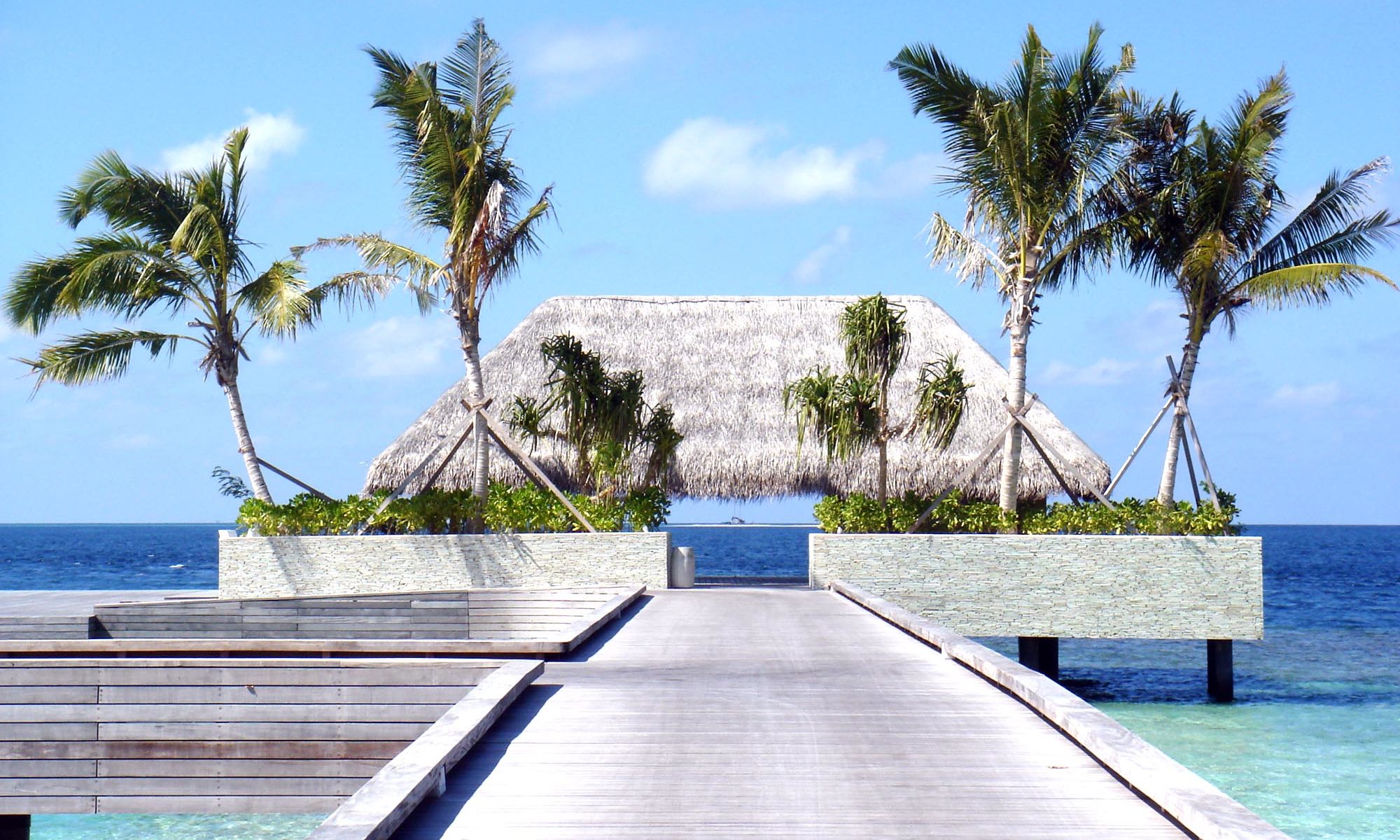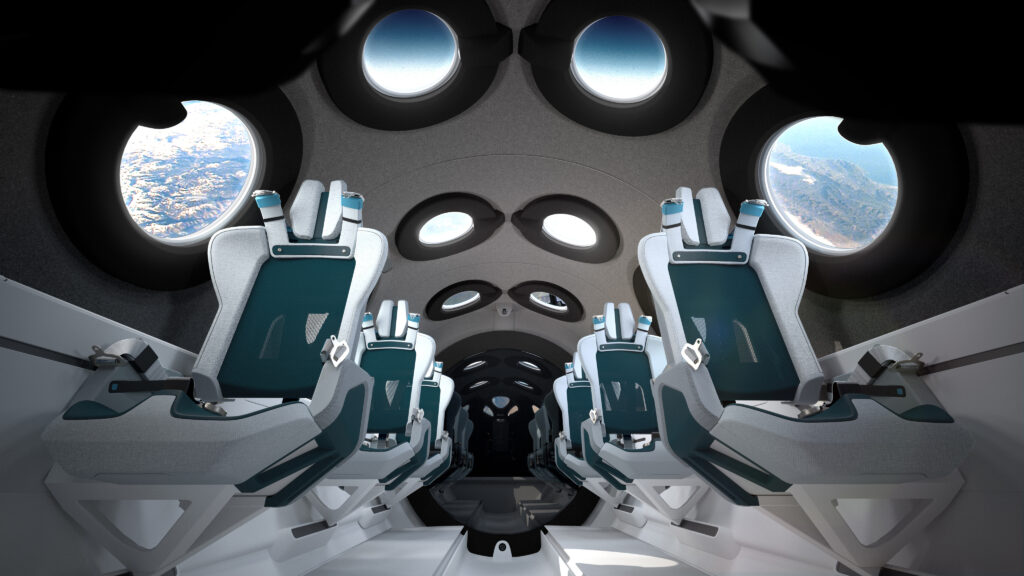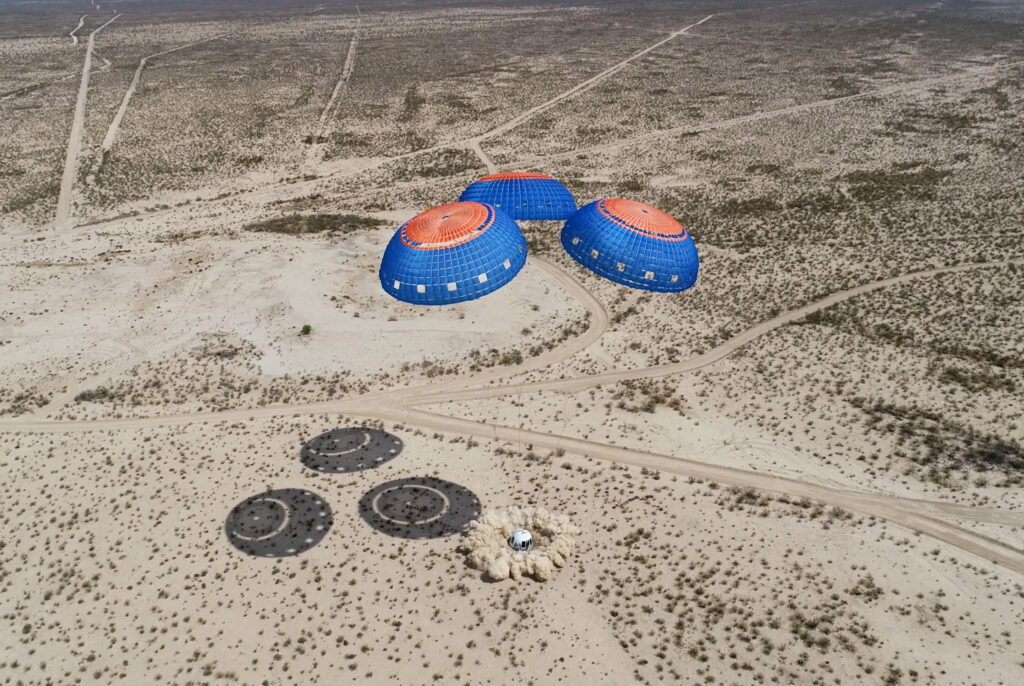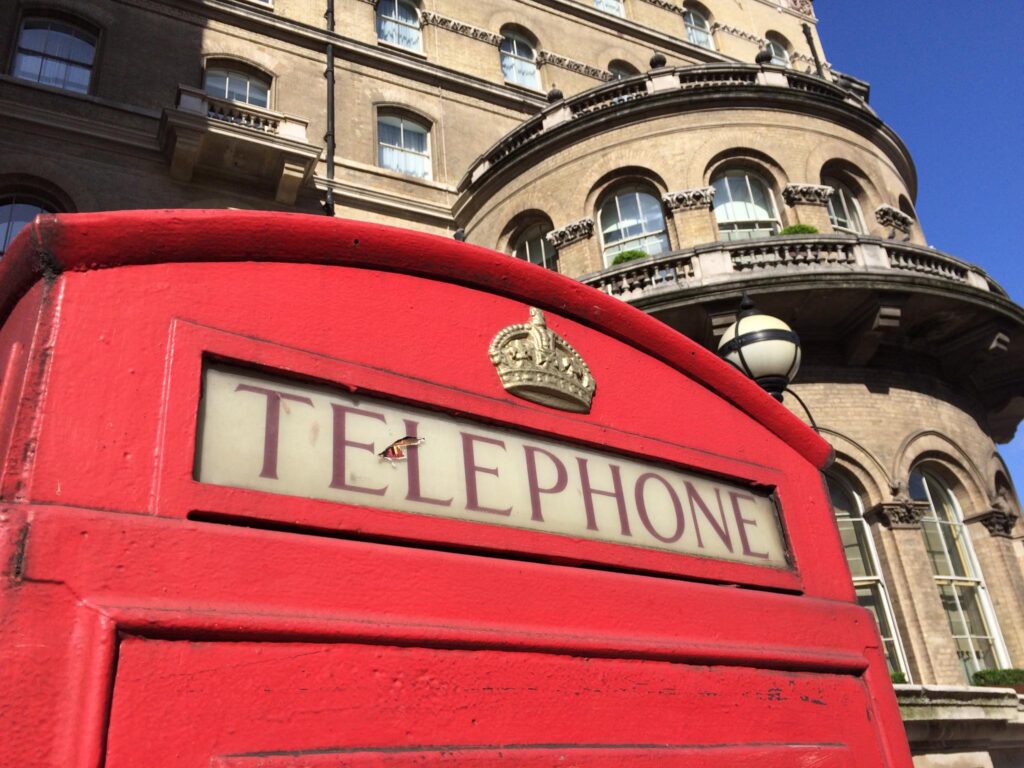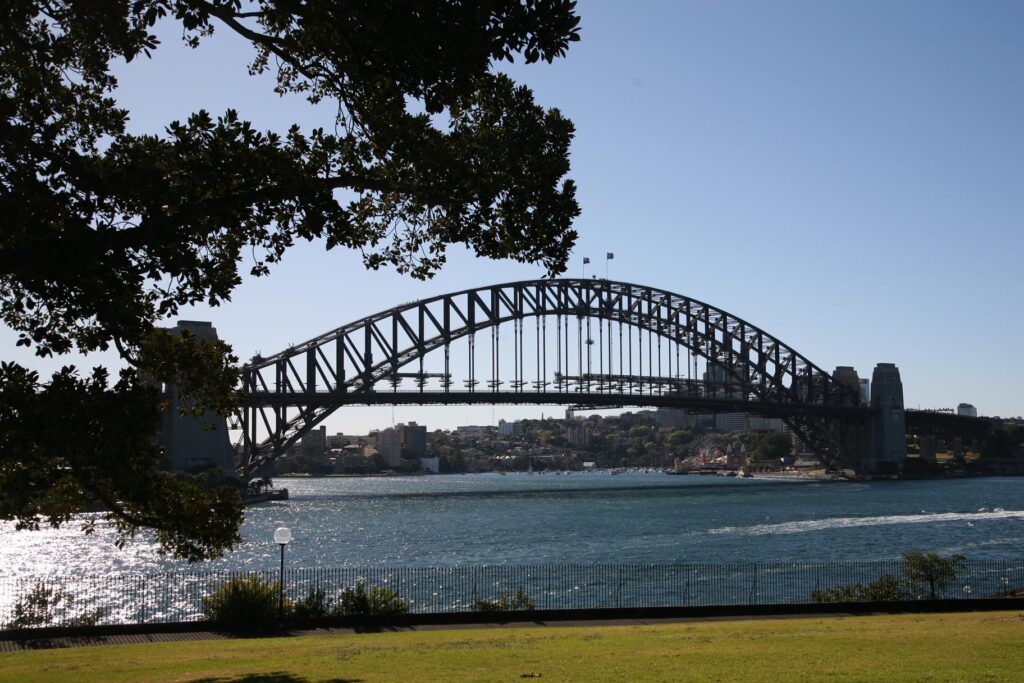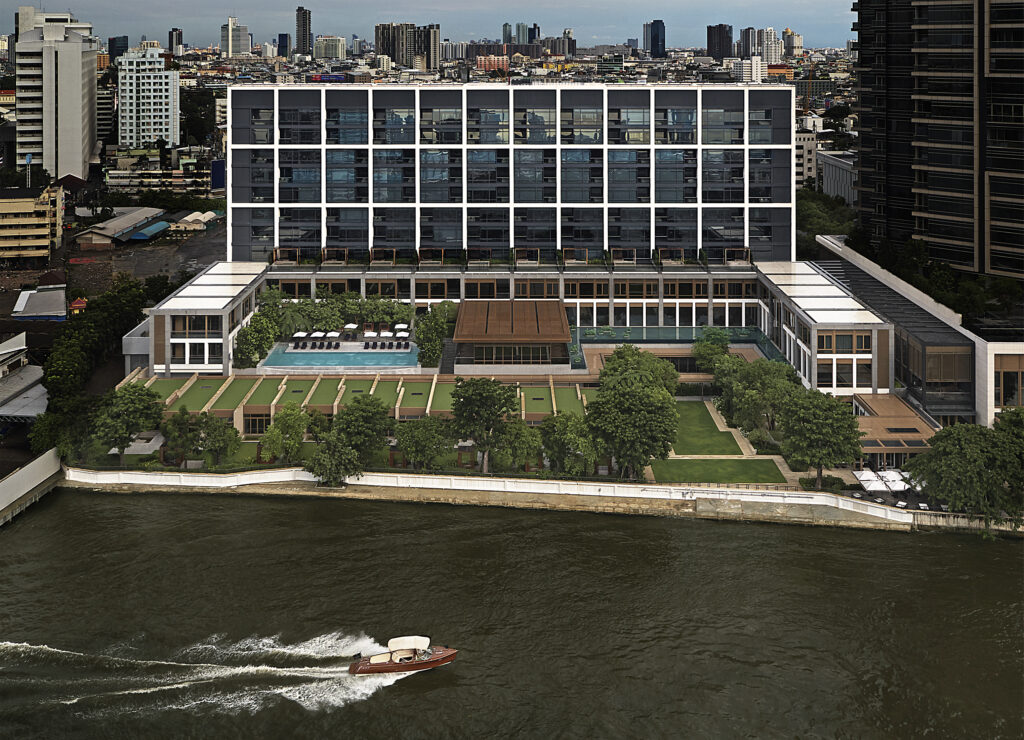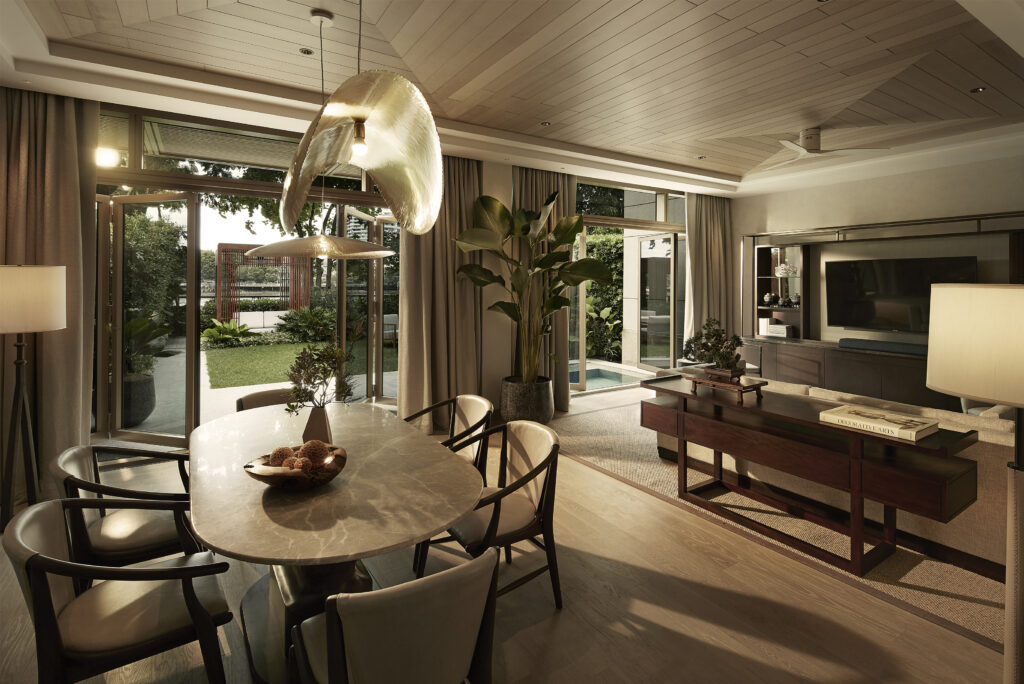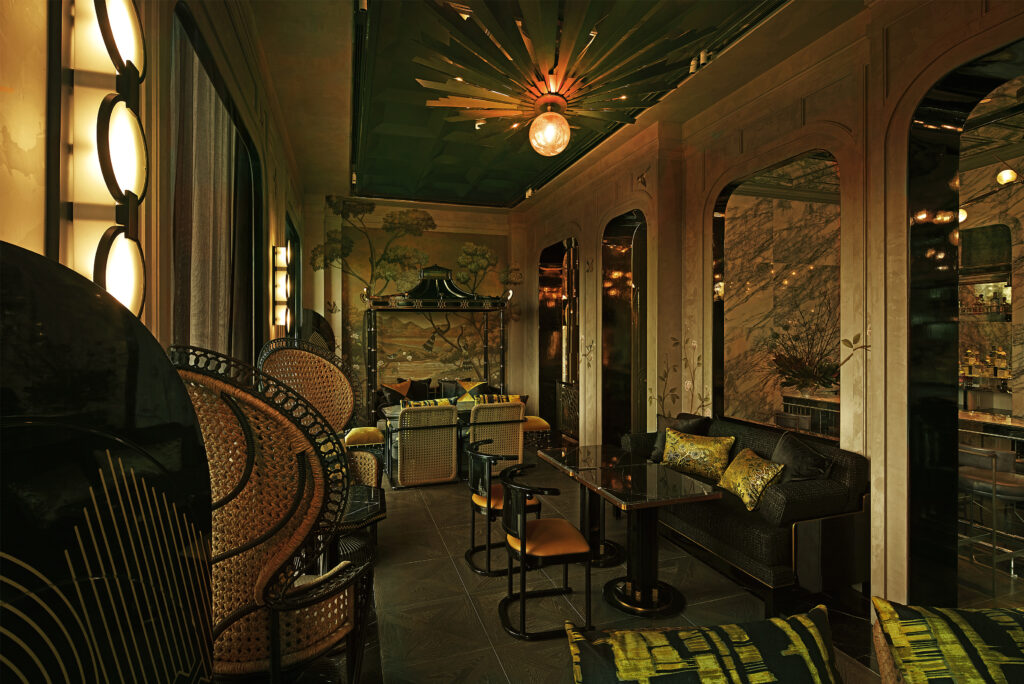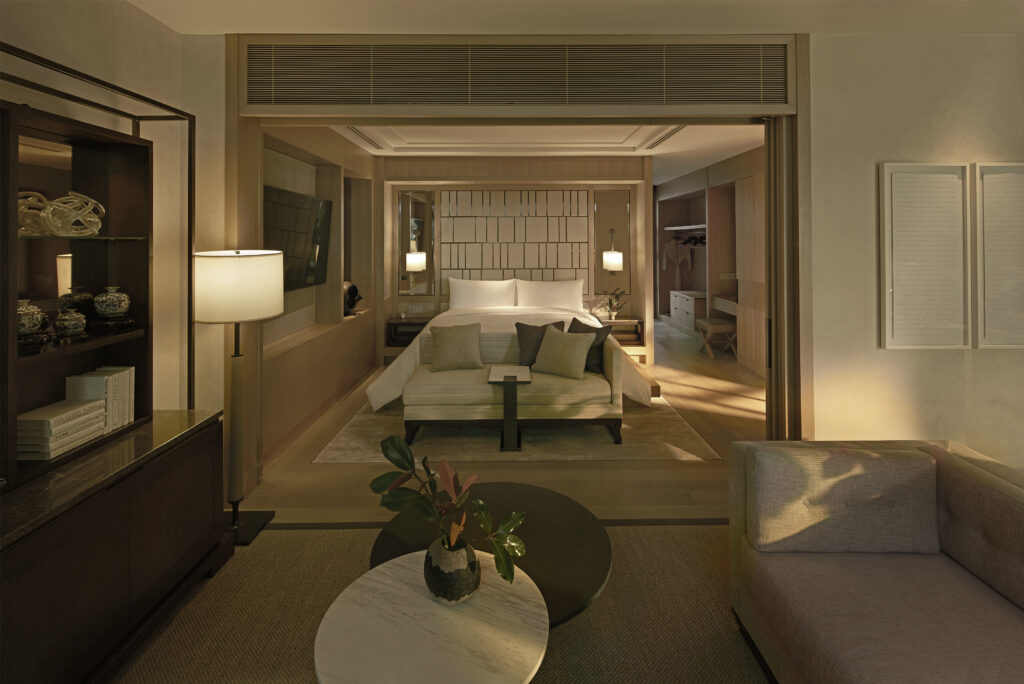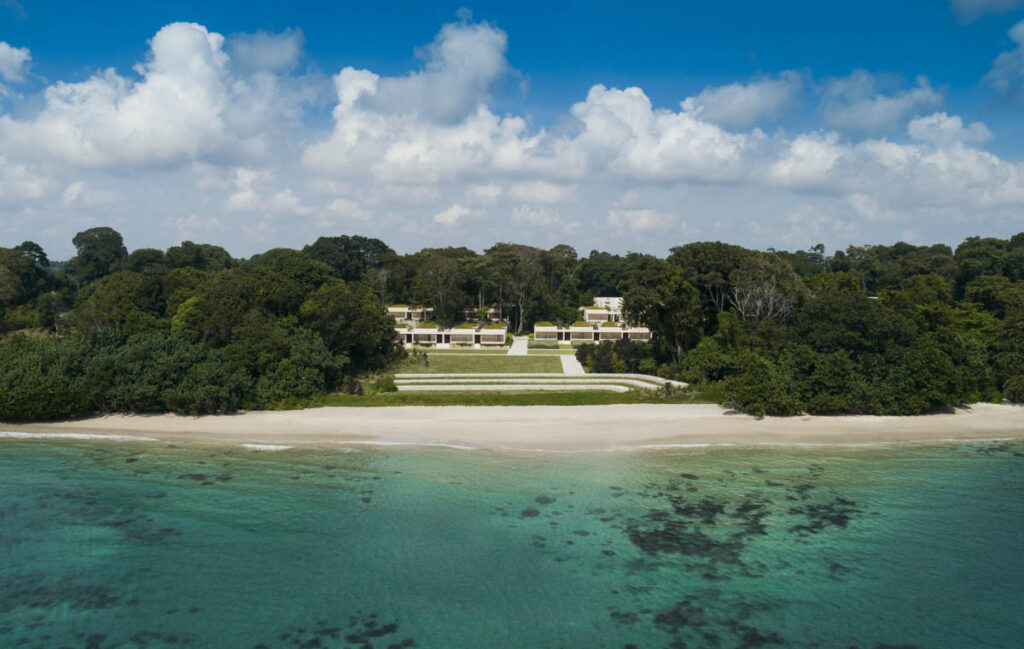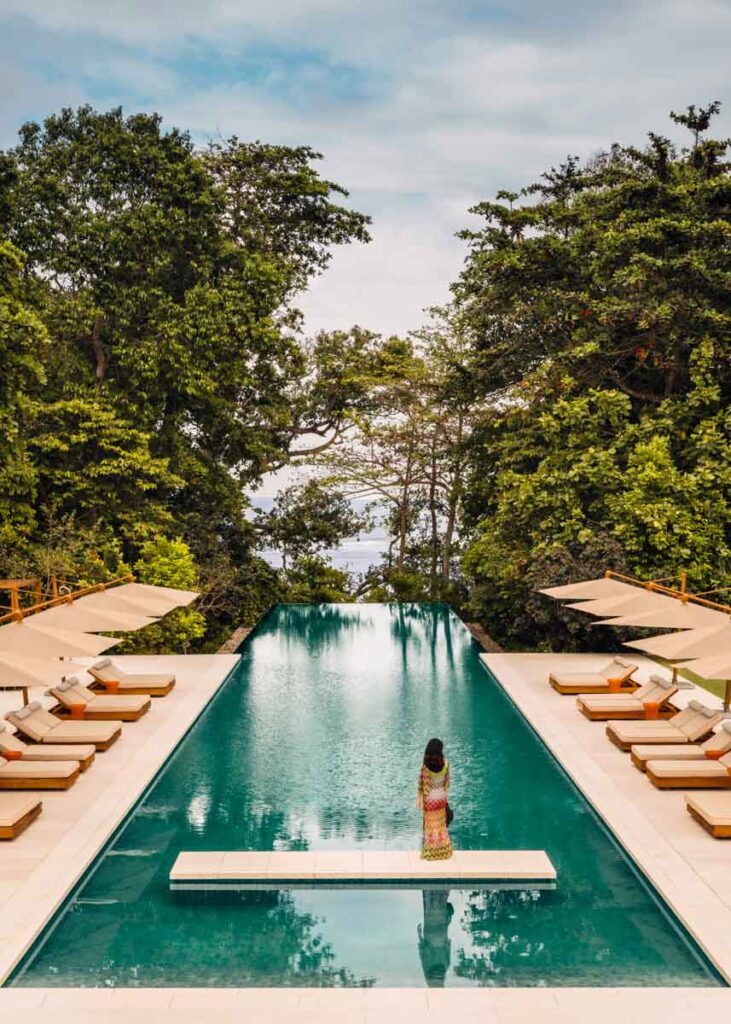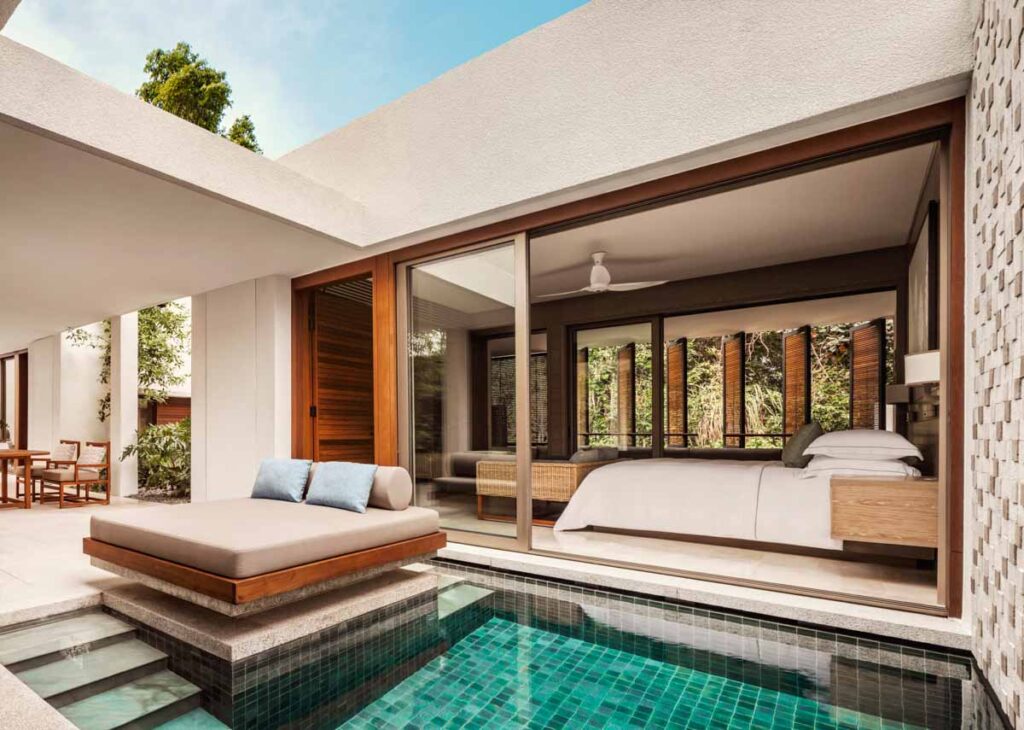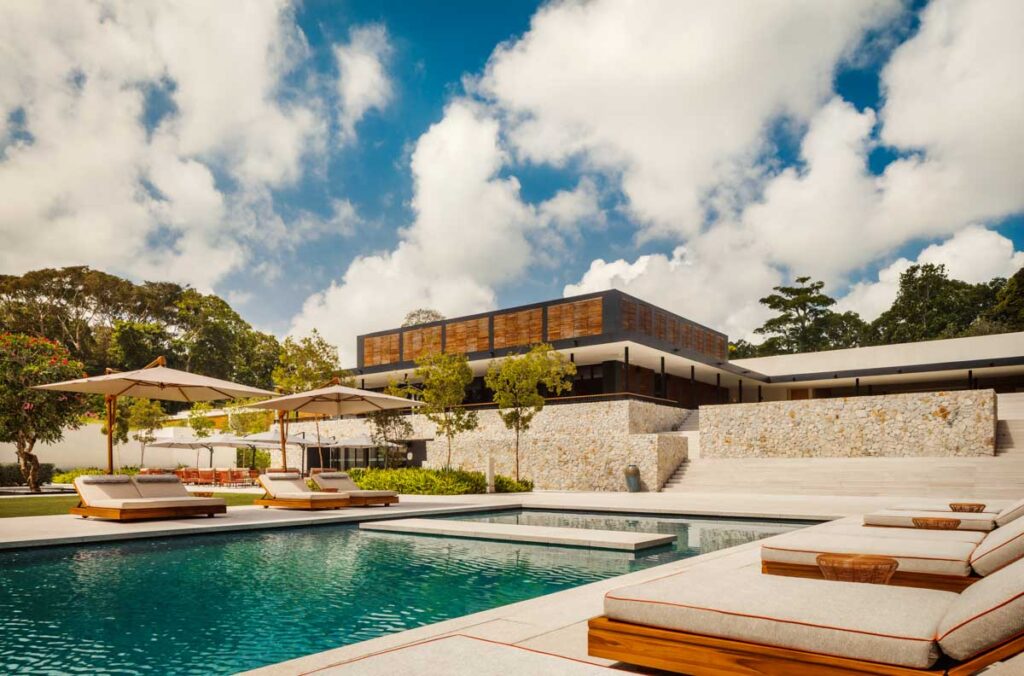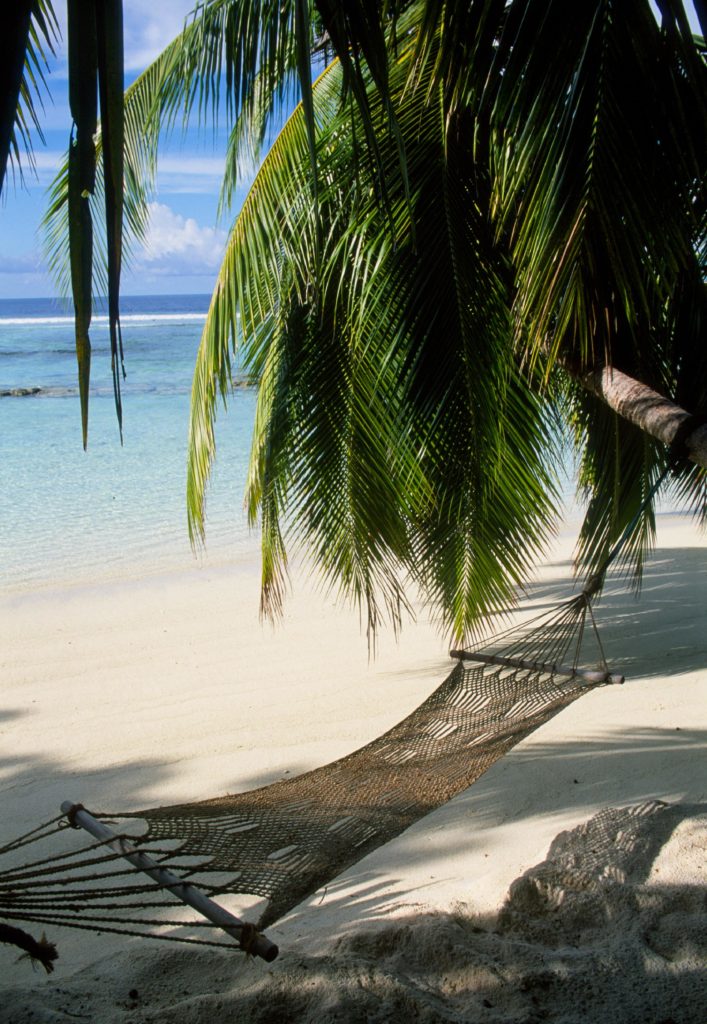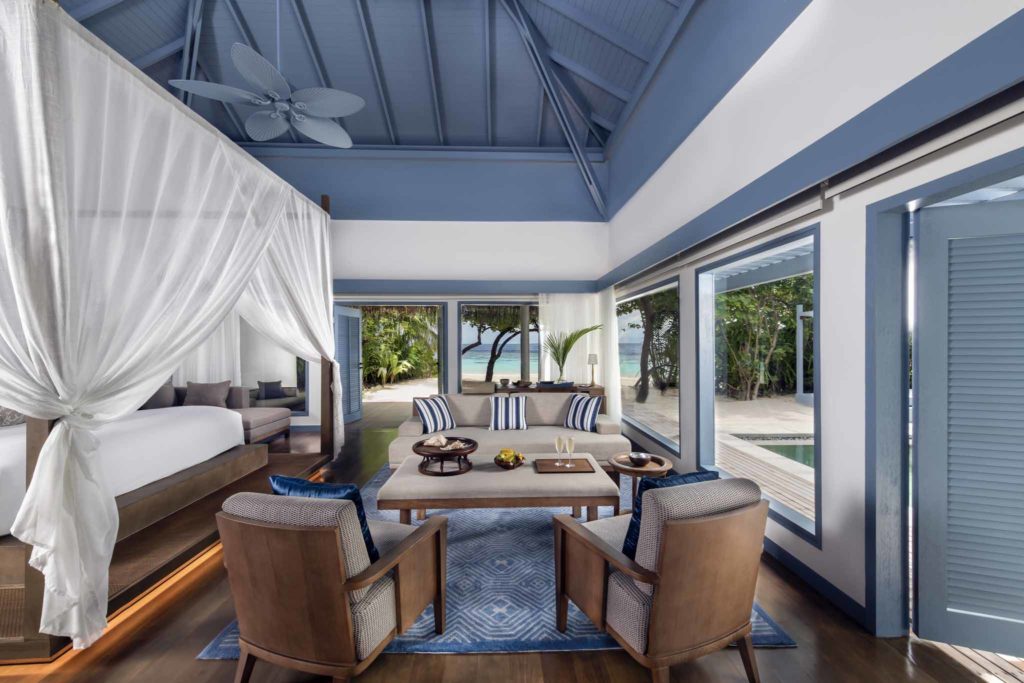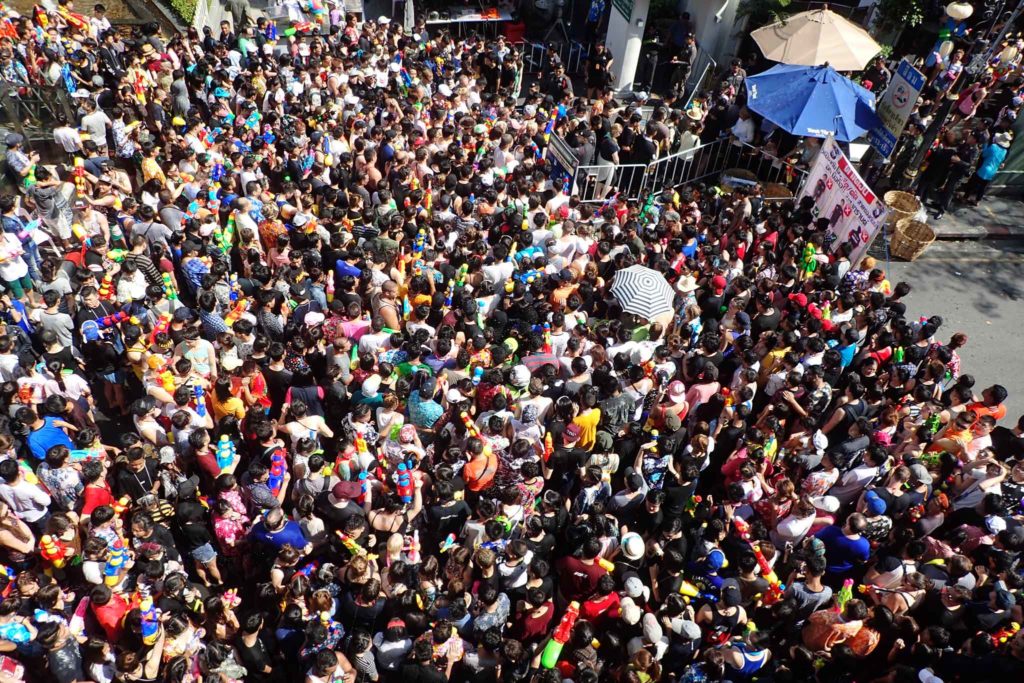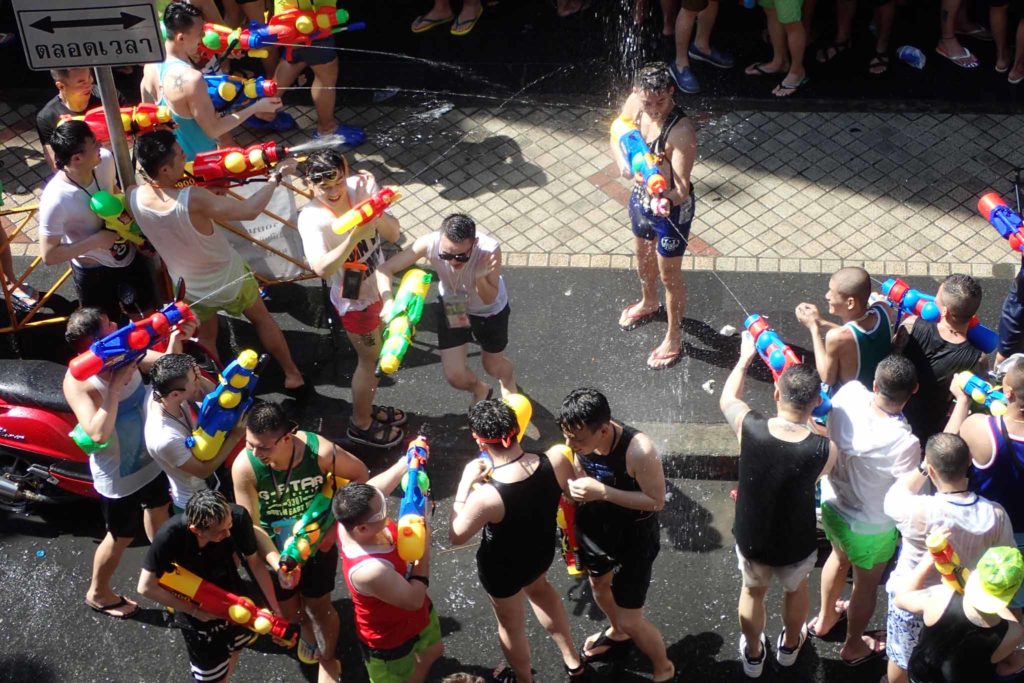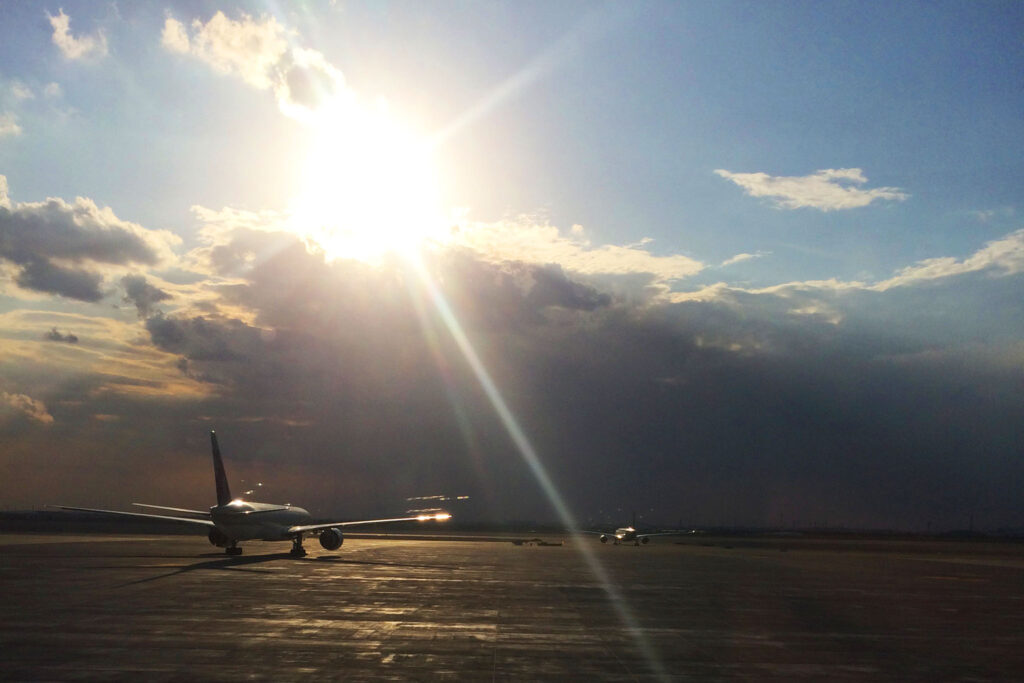
It’s all over the news.
International travel is bouncing-back after the pandemic shutdowns, but along with the surging demand are stories of bags being lost, flights being cancelled, and particularly in Europe, it’s travel chaos!
There are reasons for this, of course.
Airlines and airports laid off staff and are struggling to find new workers amid (understandable) concerns about job security and working conditions. And despite the, err…robust…current price of tickets, many airlines are still reporting losses.
Strong demand for travel to Europe should make it unsurprising that it has been hardest hit.
All that makes sense, and has been explained so often that it will surely become accepted wisdom.
Except I’ve travelled through Europe into Asia and Australia this year, and didn’t lose my luggage, didn’t experience delays or cancellations and generally had a smooth experience.
I could choose to engage in some futile navel-gazing about how lucky I am.
Or I could offer this counterpoint: The airports and airlines that always treated their customers like crap are worse now because they doubled-down on what made them crap in the first place. These days they can blame their usual utter indifference to the customer experience on all the things mentioned above.
One particularly well-remunerated airline executive has even taken to blaming his own customers for delays. Another blames people preferring to make money working from home, rather than toiling as baggage handlers. There’s a hint about market forces in there somewhere, if only I could put my finger on it.
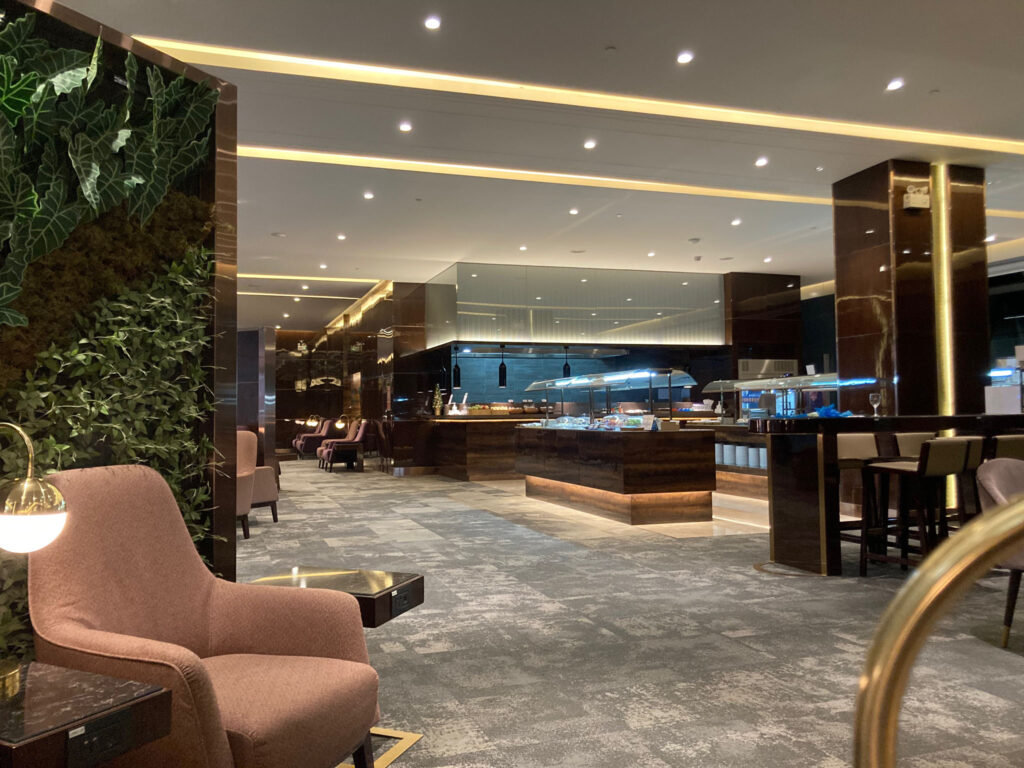
Tips and hints to avoid travel chaos
Okay. I can’t make any guarantees here, but I have a few tips for how to avoid the chaos this holiday season.
If at all possible, avoid crap airports.
I’m sorry, but if you’re London-based, or anywhere in the US whatsoever, this may prove difficult.
Much of the rest of the world – especially a bunch of allegedly ‘third world’ countries in Asia – has been proving that it is possible to make the passenger experience at airports not terrible for years.
I have no idea why nobody seems to have noticed this.
I don’t have a comprehensive list of favourite airports worldwide, because a) I’ve not flown through all the airports in the world, so couldn’t say for sure, and b) they’re airports, and I really don’t go to airports for the fun of it. Anyway, here are a few that have worked well enough for me over the years:
The good:
- Singapore Changi (SIN) – Wheels-down and into a cab in 20 minutes, including immigration and luggage collection is my record, and that’s pretty spectacular. It’s so spectacular that when it goes wrong, it’s really noticeable. Scanning incoming passengers and their carry-on luggage at the gate is a sometime thing (anecdotally, particularly passengers arriving from Bangkok), and it slows that process down horribly. Sometimes – not often – the immigration queues are woeful. Don’t ask me why.
- Hong Kong (HKG) – Does everything you want from an airport, (well, it did before the pandemic, anyway) and scores extra points for the brilliant train connection to downtown. I’ve only ever gone in a car once, and that’s because it was a Rolls-Royce. Thanks, Peninsula!
- Geneva (GVA) – The sound of cow bells and yodeling ion the train between terminals? Check. Relatively efficient immigration? Check. Geneva also seems to be able to get your bags on the right plane at the right time, even with relatively tight connections. Nice views of the mountains in the distance too. All good.
- Barcelona (BCN) – Okay, the luggage can be a bit slow, but BCN delivers on most of what you want from an airport. And it’s even relatively close to downtown.
- Munich (MUC) – the cool Teutonic architecture is matched by the efficiency of the operation.
- There was some regional airport in France I flew through once and I don’t even remember where it was, but I stopped for lunch and the restaurant was full of locals. If I weren’t so tired after a long trip, I’d have remembered what the airport was, and I’d have looked around before I ordered and gone for the steak tartare like all the locals were eating. A companion ordered it and it was spectacular. Airport food doesn’t have to be awful. Who knew?
- As a general rule, smaller is better. There are fewer flights, and therefore fewer options to send your bags elsewhere. Also there’ll be fewer people. And people are the problem here.
The ugly:
- Any US airport. Come on guys, you invented the aeroplane, went ahead and misspelled it, and then invented the worst airports anywhere to punish people who want to fly. Shocker. If you absolutely must, the smaller regional airports can be not completely awful. Denver (DEN) springs to mind. Still, you’ll probably end-up on an American airline, so the airport may be the least of your worries.
- Paris Charles de Gaulle (CDG) – I don’t know what’s going on at CDG in this post-pandemic surge, but to be fair I don’t know whether anybody ever knew what was happening there. Certainly nobody working there. Want to lose your luggage? This is the airport for you.
- London Heathrow (LHR) – Heathrow is an absolute zoo at the best of times. This is not the best of times.
- Sydney Kingsford Smith (SYD) – Charles Kingsford Smith was an early Australian aviator and was the first pilot to fly across the Pacific. He died in 1935. Sydney airport was named after him because it’s been consistently woeful since then.
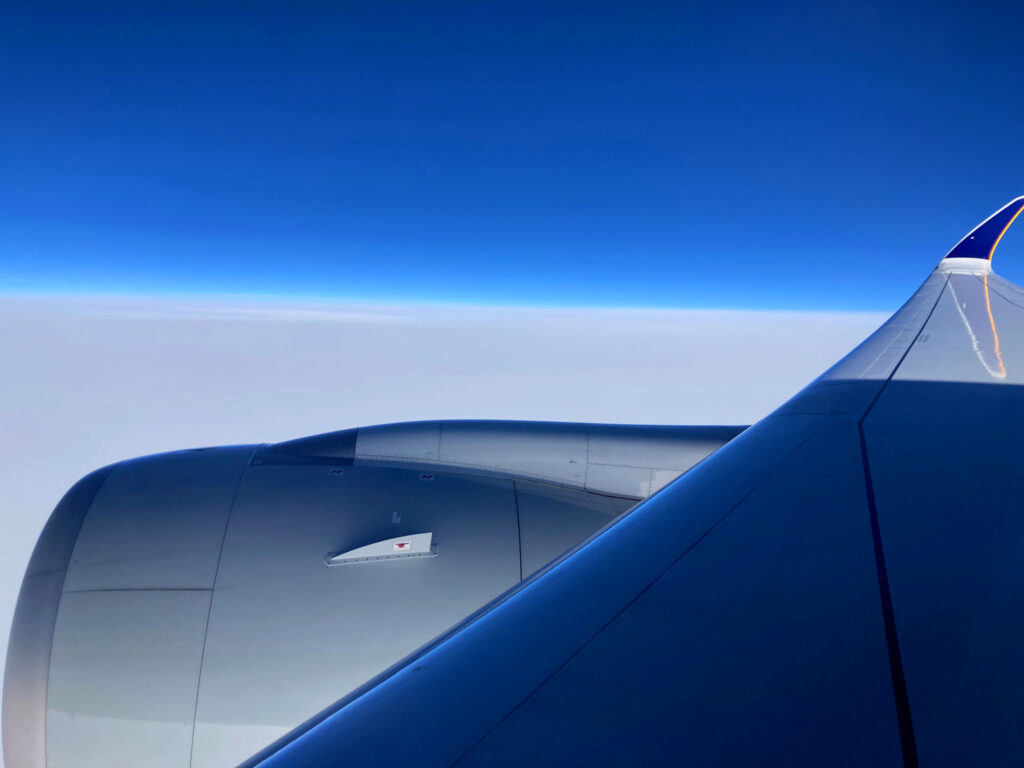
If at all possible, avoid crap airlines.
Again, if you’re US-based you may be fresh out of luck, but at least you can get out on foreign carriers. That must offer some relief.
I’m not going to try to be objective here, but here are a few thoughts:
- Singapore Airlines has a well-deserved reputation for getting things right. I find the frequency of the announcements a bit annoying, and in business class that satay almost always ends up on my shirt. These are minor inconveniences. The lie-flat business seats are the business too (if a bit uncomfortable in the upright position).
- Swiss is my current go-to for Europe trips. Partially this is because Geneva is a decent hub airport, but I quite like the offering. Not too fussy.
- Qatar offers all the bells and whistles and a modern fleet, though I’m not a huge fan of transit through Doha.
- Emirates ups the bling factor even further, but again, I’m not a fan of transit through Dubai either. First class is suite (see what I did there?) if you can afford it.
- I rather like Finnair, but Helsinki Airport was an absolute zoo last time I flew through. The herringbone seat layout in business is cool once you get used to it, and the Finnish gin tonics are rather nice. Definitely on my list if I’m heading for any Scandi countries, but a bit far from southern Europe for my usual purposes.
- Air New Zealand does a good job too. I’m sorry about its Lord of the Rings-themed safety video, mainly because it’s inspired a bunch of lame copies (I’m looking at you, Singapore Air). Overall a great offering, if a bit limited in destination options.
- Vueling, which is based out of Barcelona, is a low-cost carrier and should therefore be avoided like the plague. In the past few years we’ve learned avoiding the plague isn’t a universal habit, however. Also, Vueling could show any number of full-service airlines how not to be completely awful. It would be good if Vueling enforced its own carry-on regulations, but it’s actually a pretty decent airline.

Conclusion
I have no doubt that travellers are suffering delays and losing luggage more frequently than usual, and I feel your pain. If you’re planning a trip and want to avoid the chaos there are some basics that potentially limit your chances of experiencing that:
-Avoid travel entirely
-Try the train
-Fly direct where possible
-Avoid crap airports
-Avoid crap airlines
Happy travels!
